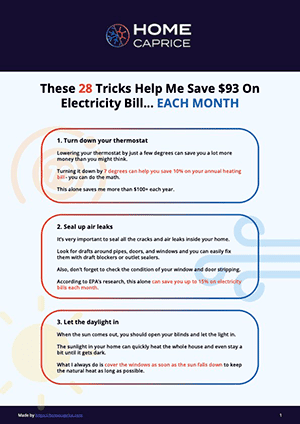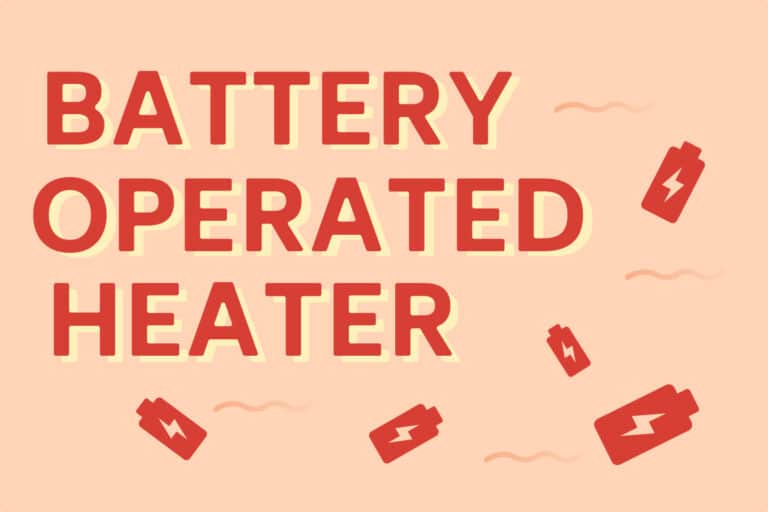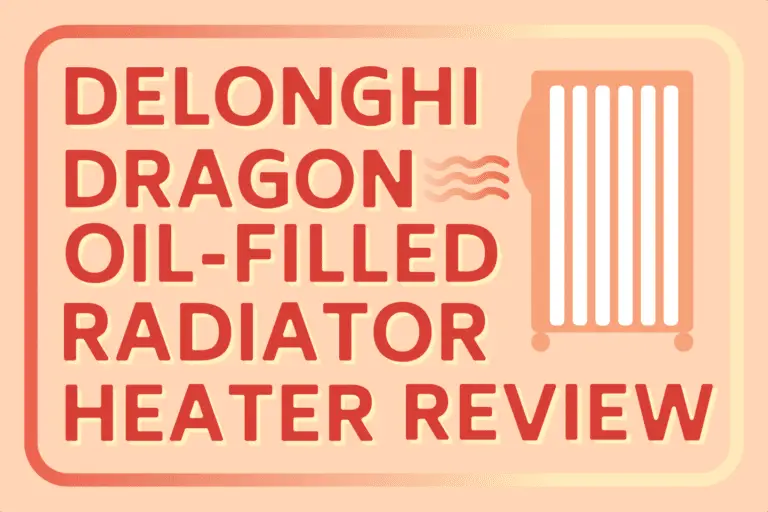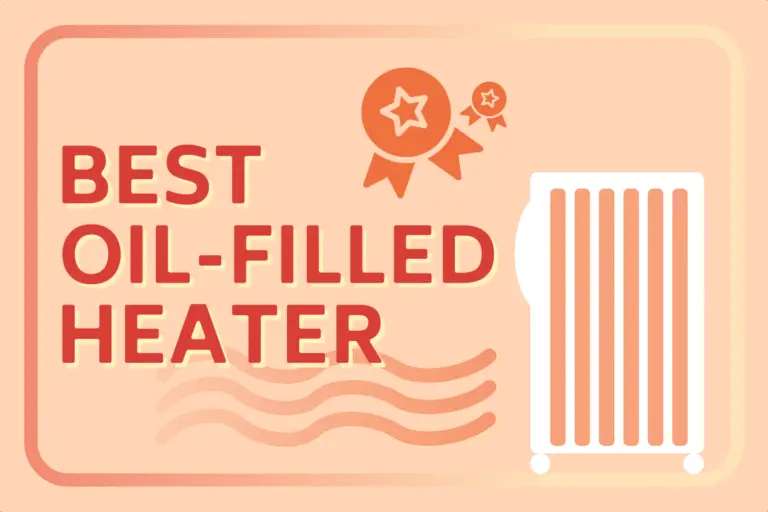Although you may have had a good experience with the baseboard heating system, it might be time to consider a change.
After using a baseboard heater for over six years, I’ve used other alternatives that seem to work better.
Many people fear switching their heating systems because of up-front installation costs, but this article will show you which alternatives don’t require a considerable investment.
Before talking about better options, let’s quickly reveal some of the drawbacks of baseboard heaters:
Drawbacks of Baseboard Heaters
- Noise – Baseboard heating systems are known to be noisy, disrupting the peace of mind when casually resting in your home.
- Inconsistent temperature control – In most cases, your baseboard heater won’t have a consistent temperature control unless you have a proper insulation and voltage thermostat connection.
- Not so safe – This type of heating is too hot to touch, and if kids and pets can reach it, it becomes a safety concern.
- Skin irritation – As baseboard heaters produce arid heat, people with sensitive skin can experience skin, eyes, or nose irritation. A humidifier is a must-have.
- Takes up space – They take up much space and limit where to position other furniture.
Alternatives To Baseboard Heaters
Ductless Heat Pumps
Ductless heat pumps are the most popular alternative to baseboard heaters, and it’s because of their efficiency.
They can cool and heat your home and save up to 45% on your electric heating bill.
One thing I love about ductless heat pumps is that they don’t take up a lot of space and are much quieter.
You have better control over the temperature in a smaller room, and because they are ductless, they are a stand-alone unit.
Solar Heat
Solar heating works by absorbing solar energy to heat a fluid in the system, which is then transferred to a storage system for later use.
Without any doubt, this alternative will save you the most money in the long term. However, installation costs are high and require a more significant up-front investment.
The good thing about solar heating is that it has become trendy in the past two years, so installation costs are slightly lower than before.
If you’re looking to save money in the future – this is a great option.
High-Efficiency Furnace
You might have heard bad things about furnaces, but new models are a lot more efficient and save you much more than models from the past.
A highly efficient furnace model will use up to 30% less fuel and energy. It will help you reduce energy consumption and costs while reducing your carbon footprint.
One thing we have to add is that high-efficiency furnaces are a lot less noisy than baseboard heating systems.
Wall Heaters
Wall heaters, also known as wall furnaces, are mounted on the wall and vented directly through the same wall.
They don’t use any ductwork for transferring warm air, and their simple installation made them very popular in the last decade.
Although this is a great alternative, I don’t recommend it for larger living rooms as it won’t be so efficient.
One of the best wall heaters that are affordable and very efficient is the Heat Storm Wi-Fi heater, which has everything you need.
Wall heaters work as direct heaters, so they’re less effective when you’re further away from that area.
Wood Heating
Wood heating is one of the most classic and “old school” ways to heat your home.
This can be done with wood stoves or wood-burning fireplace inserts that use wood logs to create the fire and transfer the heat throughout the house.
This is one of my favorite heating options if you don’t have a lot of rooms in your house. Not only does it heat the house quickly, but it gives you that cozy, warm feeling when you’re snuggled on your couch.
Heat Pumps
Generally, a heat pump will minimize the usage of your other unit while being very efficient for extra comfort.
The great thing about heat pumps is they can run off of electricity, so switching from baseboard heating isn’t a tough process.
They can transfer cool and warm air, making it a great year-round heating & cooling solution.
I have to mention that heat pumps require a slightly different kind of maintenance than baseboard heating. You should hire professionals every 4-6 months for duct cleaning to ensure your air doesn’t contain harmful chemicals or mold.
Pellet Stoves
Pellet stoves are highly efficient when heating smaller spaces such as bedrooms.
The funny thing about pellet stoves is that people who are “tech geeks” can’t stand them, but I’m still a big fan of them due to their effectiveness.
Pellet stoves have an easy step-by-step installation; you can do it yourself instead of hiring a professional.
Pellet stoves require less maintenance than any other alternative, and it won’t cost much to have them working 24/7.
If you’re considering buying this alternative, I recommend reading an in-depth buying guide about pellet stoves.
Radiant Heaters
The radiant heater, or infrared heater, uses radiation to transfer warm air throughout the whole house evenly.
These are the quietest alternative to baseboard heating; they produce no noise.
Although many people are comparing ceramic and radiant heaters, I can tell you that you won’t regret buying a radiant heating system.
The radiant heaters’ light isn’t visible to our eyes, so we can only feel them.
They usually use electricity to heat, but some models use propane to work.
According to many external tests and research, this is the best radiant heater on the market.
I hope you learned something new in this article and that you’ll find an alternative that fits your needs.


Download this FREE cheat sheet to find 28 tricks that can help you save on your electricity and heating bill each month.
Click here to get a FREE Cheat-Sheet![8 BETTER Alternatives To Baseboard Heaters [From Experience] Space Heater](https://homecaprice.com/wp-content/uploads/2020/03/heater-60.png)


